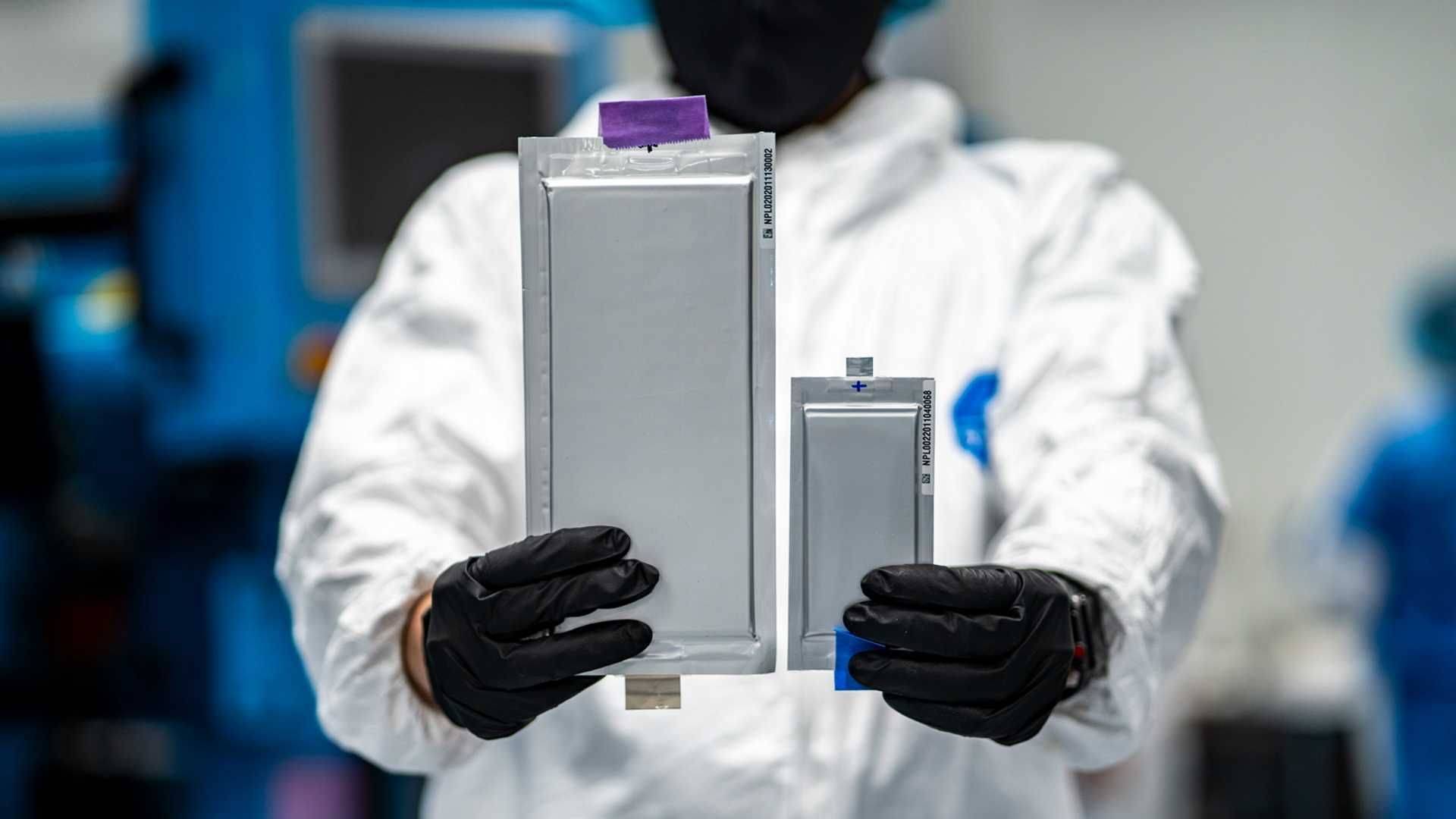
1、Different States of Electrolyte
The main difference between solid-state batteries and semi-solid batteries lies in the state of the electrolyte. In solid-state batteries, the electrolyte is in a solid state, while in semi-solid batteries, the electrolyte is in a semi-solid state.
The electrolyte in solid-state batteries is typically made from solid materials, such as oxides or sulfides, which have excellent ionic conductivity and can therefore be used as electrolytes. In solid-state batteries, there is no liquid between the electrolyte and the electrodes, nor are there any flammable gases produced, which results in higher safety and stability.
In contrast, the electrolyte in semi-solid batteries consists of a liquid electrolyte combined with polymer materials. These polymers encapsulate the liquid electrolyte, creating a semi-solid state while maintaining the ionic conductivity of the liquid electrolyte. Semi-solid batteries are generally easier to manufacture and process than solid-state batteries, but they tend to have slightly lower safety levels.
2. Differences in Electrochemical Reactions
Solid-state batteries and semi-solid batteries also exhibit differences in their electrochemical reactions. Specifically, the electrodes in solid-state batteries are typically made from pure metals or solid materials, whereas the electrodes in semi-solid batteries may require the addition of conductive agents to facilitate the electrochemical reaction.
In solid-state batteries, during the charging and discharging processes, charges are transferred directly through the electrodes and the solid electrolyte. This direct charge transfer allows solid-state batteries to achieve higher conductivity, lower internal resistance, and greater power density.
In semi-solid batteries, the liquid electrolyte must be arranged and dispersed through polymer materials to enable the electrochemical reaction during charge and discharge. Due to the limitations imposed by the polymer materials, semi-solid batteries generally have lower conductivity and power density. However, a key advantage of semi-solid batteries is that by altering the composition of the polymer materials and the liquid electrolyte, a wider variety of reaction types and electrochemical performances can be achieved.
3. Different Application Scenarios
Solid-state batteries and semi-solid batteries also differ in their application scenarios. Currently, the high cost and manufacturing complexity of solid-state batteries limit their use primarily to high-end applications, such as electric vehicles, drones, and satellites. In contrast, semi-solid batteries have lower production costs and are easier to process, making them suitable for a wide range of applications, including energy storage devices and unit batteries for wearable devices.
4. Overall Characteristics
Both solid-state batteries and semi-solid batteries represent new battery technologies that offer higher safety, energy density, and cycle life compared to liquid batteries. Solid-state batteries feature a solid electrolyte, making them more stable and safe, though they come with higher costs and manufacturing complexities. In contrast, semi-solid batteries combine liquid and solid elements, offering advantages such as simpler production and lower costs, but with relatively lower safety.
Conclusion
In summary, both solid-state and semi-solid batteries are innovative battery technologies that provide numerous advantages over liquid batteries, including enhanced safety, energy density, and cycle life. In practical applications, the choice between solid-state and semi-solid batteries should be based on specific requirements and scenarios.
DCBES Solid-State Battery Advantages
DCBES specializes in solid-state battery technology, offering batteries that are not only safer and more efficient but also have a longer lifespan compared to traditional options. Their advanced manufacturing processes ensure high performance and reliability for various applications.
For more information on DCBES and their cutting-edge solid-state batteries, please visit their official website here.

